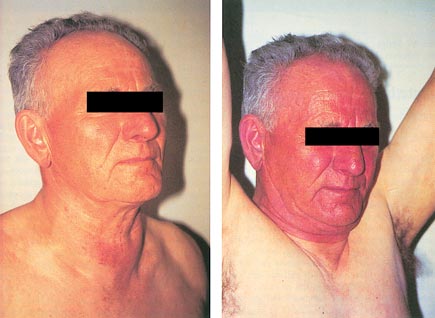Transitioning patients from pediatric to adult care
As adolescents become young adults, there comes a time when pediatricians will no longer see them. For those patients with chronic, sometimes complex, conditions, it can be hard to know how to transition into the adult internal medicine world. ACP, in collaboration with several pediatric and adult subspecialty societies, has developed a toolkit to help patients and practices manage this transition.
As adolescents become young adults, there comes a time when pediatricians (both primary and subspecialty) will no longer see them. For those patients with chronic, sometimes complex, conditions, it can be hard to know how to transition into the adult internal medicine world.
While most adults have changed physicians one or many times over the course of their lifetimes, young adults need to learn both how to take charge of their own health and how the health care system works. These patients may know a lot about their own conditions, but they come with a different level of expectations and knowledge. Young adult patients have never had to deal with insurance companies, referrals, appointments, prescriptions, and supply ordering. They may not know about the Health Insurance Portability and Accountability Act (HIPAA) or patient-centered medical homes.
In addition, pediatric subspecialists tend to hold the hands of their patients and have always dealt with the parents, not the patients themselves. Young adult patients often are in that gray zone when they are still on their parents' insurance, yet they are legally adults and thus expected to manage their own medical care.
In terms of medical records, adult clinicians don't want pediatric records from birth, and pediatric clinicians don't always know what the adult clinicians want or need to transition the patients. For these reasons, practices need to have resources in place, as well as staff who are trained in integrating pediatric patients into adult care. This applies not only to patients transitioning from pediatric practices to adult practices but to patients transitioning from pediatric to adult care in the same practice.
ACP, in collaboration with several pediatric and adult subspecialty societies, has developed a toolkit to help young adult patients and practices (both pediatric and adult) manage this transition. The goals are to provide uninterrupted care and to create some efficiencies in the process. The ACP Pediatric to Adult Care Transitions Toolkit contains disease-specific tools for practices that are critical for the young adult in transition to be aware of and understand in order to successfully achieve optimal self-care.
Each set of tools includes at least 3 elements, which have been customized for specific diseases and conditions:
Transition Readiness Assessment. This assessment tool is intended to be used by the pediatric care team to begin the conversation about young adults' needed skills to manage their health and health care and evaluate their current knowledge and ability in these areas. This tool indicates the elements specifically related to the clinical condition that should be assessed and documented by the transferring pediatric practice. This tool can be revisited and utilized as a teaching and training aid to ensure that these items have been mastered by the time the young adult is ready to transfer to adult care.
Medical Summary/Transfer Record. This is a summary of the key medical record elements needed for communication between pediatric and adult clinicians for the specific patient, including pertinent disease-specific information. This is to be completed by the pediatric or other transferring clinician, shared with the young adult and family, and sent to the receiving adult clinician.
Self-Care Assessment. This is an assessment tool for use by the adult care team to assess any remaining gaps in self-care knowledge and skills or additional issues that need to be addressed to ensure optimal management of the medical condition(s).
Depending on the source, resources include sample policies and procedures, chart forms, questionnaires, and educational materials geared toward young adults. Some examples of the diseases for which these resources are available include intellectual, developmental, and physical disabilities; inflammatory bowel disease; congenital heart disease; type 1 diabetes; sickle cell disease; systemic lupus erythematosus; chronic kidney disease; and hemophilia.
To access ACP's new Pediatric to Adult Transitions Toolkit, go online . Some of these transition resources are based on concepts from Got Transition, a collaboration of the Maternal and Child Health Bureau and The National Alliance to Advance Adolescent Health. Physicians and patients can get more information about the 6 core elements of Got Transition .





